Japan’s NHK TV station has confirmed that it will adopt 8K broadcast in the 2020 Tokyo Olympics, and the United States will also adopt this standard. So, what is 8K?

The definition and advantages of 8K TV
8K refers to the resolution of the screen is 8K, which is 4320P (1K is 1080P), the pixel size is 7680×4320.
In 2006, the International Telecommunication Union adopted the Super Hi-Vison video technology of the Japan Broadcasting Association's Science and Technology Research Laboratory as a draft recommendation for UHDTV, which became the predecessor of the 4K and 8K technologies.
UHDTV is further divided into two standards, UHDTV1 and UHDTV2. The resolution of UHDTV1 is 3840×2160, that is, 4K technology, and the resolution of UHDTV2 is 7680×4320, that is, 8K technology.
The resolution of 8K TV is 16 times that of Full HD TV and 4 times that of 4K TV. If you use the 8K TV to see Blu-ray movies, the screen can only account for 1/16 of the screen.
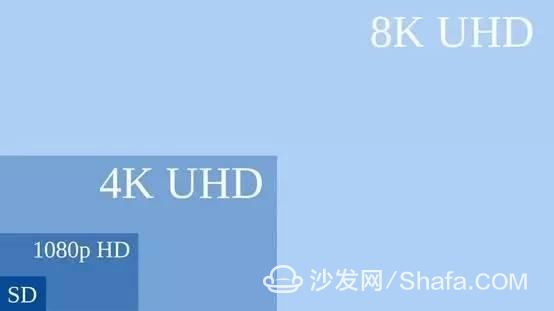
In terms of display effects, the 8K TV's higher definition will make people feel immersive. Even if they are close to the screen, they will not see any pixels on the panel.
The 8K TV's horizontal viewing angle can reach 100°, which is far more exciting than the Full HD TV and 55° of the 4K TV.
The performance of 8K TV on details is unmatched, and beauty will be completely lost in front of it.

8K TV screen shot full picture
Only 1/36 of the screen's facial performance is still exquisite, not only the petal details are clearly visible, but also the texture of the human skin and facial freckles can be seen.
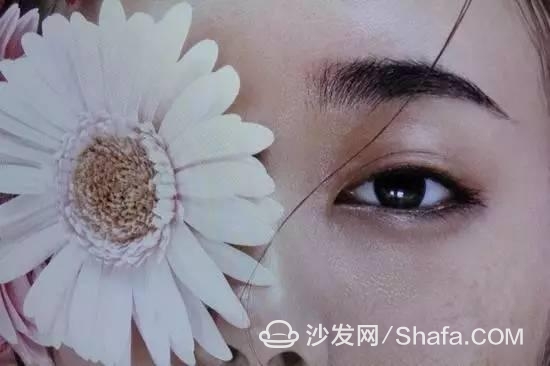
Close-up of facial features
In the eye close-up that occupies less than 1/72th of the overall picture, the texture of the human eye skin can be clearly seen, and each eyelash does not adhere.
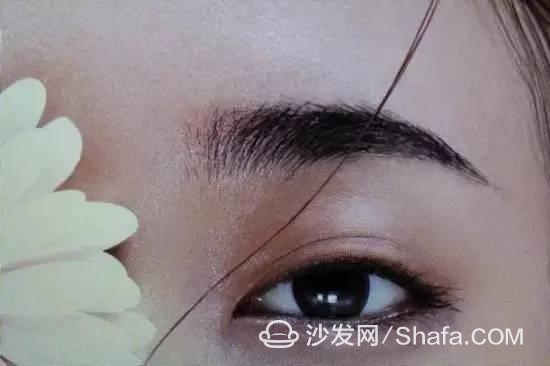
Shooting eye close-up
Technical Interpretation of 8K TV
At the 2013 CES 2013 show, Sharp, the father of LCD, launched an 85-inch 8K TV. At the subsequent IFA 2014, LG also demonstrated its 8K TV.
As far as domestic companies are concerned, at the beginning of CES 2016 and last year's IFA2015, Hisense and Skyworth also launched their respective large-screen 8K ultra high-definition televisions. In addition, BOE, an upstream company, has been actively deploying 8K panel production lines. .
As the new darling of the industry, the rise of 8K TVs will inevitably be supported by technology, and then the 8K TV's related technologies will be interpreted from the perspective of patents.
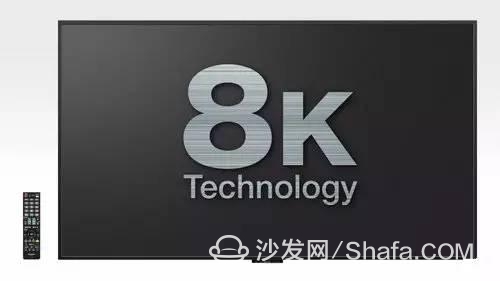
Video decoding section
8K technology is a system. In order to achieve 8K display on a TV, in addition to the display panel to meet the corresponding requirements, the program source, transmission speed, decoder chip and display interface, etc. are all indispensable, including decoder chip It is the core of the entire 8K TV.
In January 2013, JCT-VC released the latest video coding standard, High Efficiency Video Coding (HEVC). Compared with the previous standard H.264/AVC, HEVC more than doubled the compression efficiency, which means that Ultra HD video storage and transmission become possible.
Based on this, LG is equipped with HEVC Ultra HD decoder for its 4K TV, and it can be foreseen that the HEVC-based video decoder will also become the mainstream decoder chip for 8K TV.
The HEVC standard is a relatively large system with many details and technical complexity. This article can only provide a brief introduction:

Improvement of HEVC over H.264
For video coding technology, improving the compression efficiency and ensuring the clarity of the decoded image is always its core driving force. HEVC continues the architecture of traditional video coding standards, but it has been improved in all aspects of coding. One of the most significant improvements is the adaptiveness of image blocking (the signal input part in the above figure).
Compared with H.264, HEVC supports a more flexible block mode and a larger block size, which can make it perform finer block coding according to the characteristics of the image during compression, which greatly improves the coding efficiency.
For example, in the news broadcasting screen, the background of the image does not change at all, but only the moderator has some small actions. At this time, the background part can be divided into relatively large blocks, and the moderator part is divided into smaller blocks. Encode.
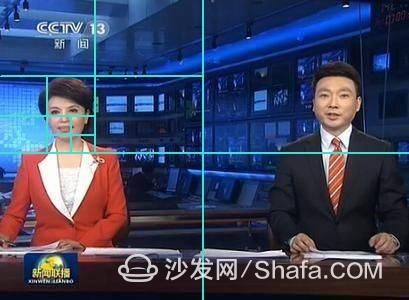
For another example, when there is a large-area similar smooth area in the video picture, the smooth part can be divided into larger blocks, and in more detailed parts, such as flowers, it needs to be divided into smaller blocks to encode to ensure decoding. The quality of the picture.

There are a large number of patent applications in this area, and the CN103220519A video encoding and decoding method disclosed on July 24, 2013, describes in detail how to perform blocking according to different characteristics of a video picture, and determines the encoding mode of each block to effectively improve the video. Compression efficiency.

Splitting of coding units in different resolution video data
As an emerging video compression method, HEVC-related technologies are currently hot spots for patent applications. Major companies are rushing to apply and trying to take a place in intellectual property rights. The current main applicants for Chinese patent applications are distributed as follows:
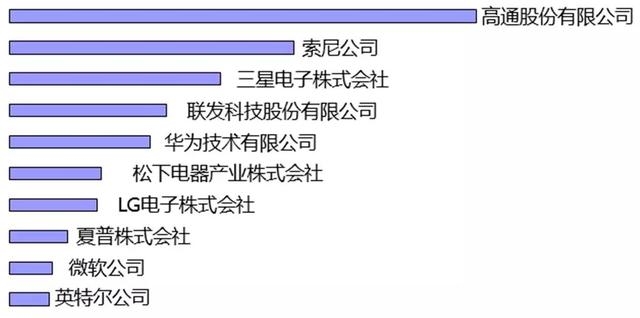
HEVC Related Technology Distribution of Main Applicants for Chinese Patent Applications
The technical aspect covers every aspect of the HEVC coding, in addition to the patent applications described above involving segmentation, as well as other aspects such as motion prediction (eg WO2016115733A1), loop filtering (eg CN102804776A).
LCD panel section
The LCD panel is a key part of achieving 8K display. Sharp Corporation filed a Japanese patent application (authorization announcement number JP4034022B2) as early as 2000, and submitted a Chinese patent application (public number CN102770901A) in 2010. The above-mentioned patent application relates to color display by the four primary colors of red, green, blue, and yellow displayed by four sub-pixels.
Moreover, in the case of the input image resolution (such as inputting an 8K image) that is higher than the resolution of the display device (such as a 4K display screen), CN102770901A further includes one sub-pixel or two or more consecutive pixels. The display unit of the sub-pixel is displayed as an imaginary pixel, thereby suppressing the deterioration of the display quality.

Sharp incorporates the above-mentioned patented technology in its deluxe 8K TV. Instead of adopting a liquid crystal panel with a physical resolution of 8K, Sharp achieves human eyes by adding yellow subpixels and half-pixel brightness control based on the 4K panel. The same effect of 8K resolution (sharp 8K resolution TVs that everyone sees on e-commerce platforms are such products).
Program source
At present, the source of 8K TV is very rare, but this does not stop the development of 8K technology. The technical personnel in the industry have their own supernatural powers and propose a variety of ways to obtain 8K video. Among them, the most used method is to improve the existing film through conversion. The resolution of the source, the technology related patents are also more.
CN103152540A published on June 12, 2013 proposes a method for improving image resolution by interpolation, which performs two processes of horizontal diagonal filling and vertical diagonal filling respectively, and reduces image distortion while increasing resolution. And prevent image blurring and aliasing.
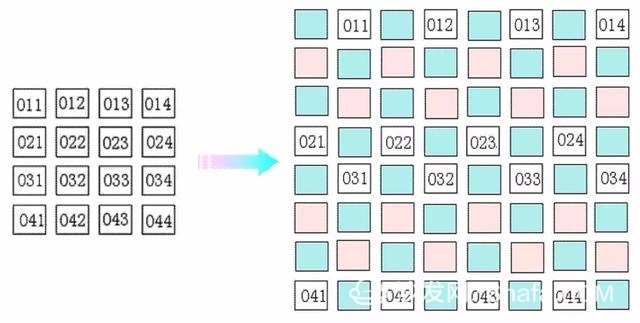
Diagonally interpolate the image in two directions to get a magnified image
8K TV promotion
Although major manufacturers have joined in the production of 8K TVs, the popularity of 8K TVs still faces greater difficulties. Specifically:
Price
The world's first 8K TV, which Sharp announced in Japan, is priced at 16 million yen (approximately 1 million yuan).
2. Storage
After testing, only 1 minute of 8K video will need to occupy 194GB of storage space. Such a huge storage demand is also a big challenge for the popularity of 8K TV.
3. Space
Sharp's 8K TV has designed 80 inches and 70 inches two models, due to 8K ultra-high definition, destined only large size can show its effect. With an 80-inch screen area and a pedestal, the overall TV set is almost the same as humans.
Therefore, after purchasing the 8K TV, you also need to buy a house that can hold the next big wall TV...

4. Source
The resolution of 8K has reached 33 million pixels, and the resolution of most photographic equipments currently on the market is around 24 million.
In other words, even if you play a static picture, you can't reach the 8K requirement, let alone video. The serious shortage of photographic equipment directly led to the scarcity of 8K sources. It is no exaggeration to say that the current number of 8K TV signals is zero.
The future of HDTV
8K has arrived, then 16K, 32K ... will be far behind? In response to this, NHK Japan gave a negative answer, thinking that there will be no more high-resolution, 8K is the ultimate resolution!
Experts claim that 8K resolution is already the limit of human eyes, and that large resolution does not make any sense. Moreover, the increasing resolution has brought about increasingly difficult requirements for peripheral technologies. So, look forward to this 8K TV that will take us to see the world!
Smart TV/box information can focus on smart TV information network sofa butler (http://), China's influential TV box and smart TV website, providing information, communication, etc. on TV boxes, smart TVs, smart TV software, etc. Answering questions.
FGI SCIENCE AND TECHNOLOGY CO., LTD , https://www.fgi-tech.com